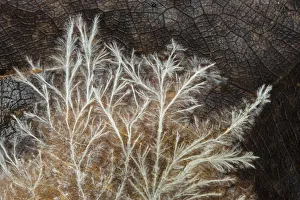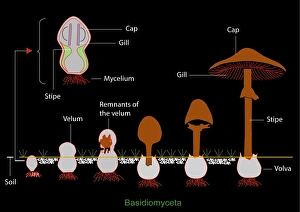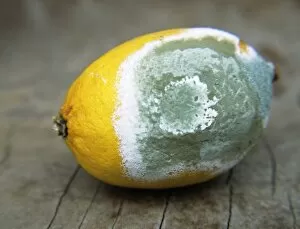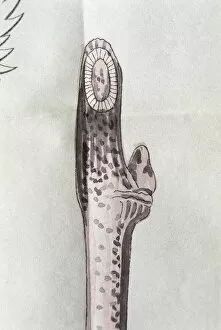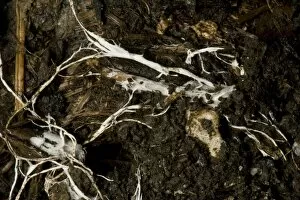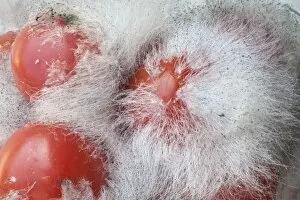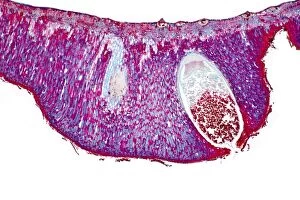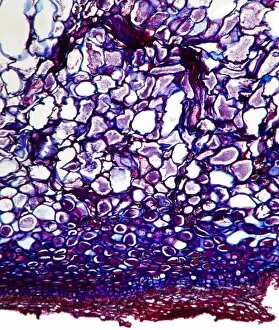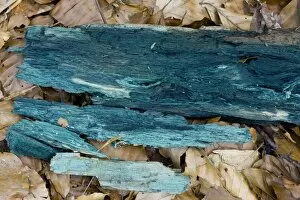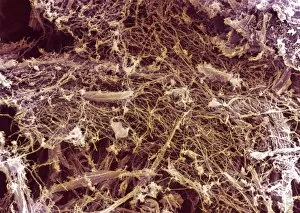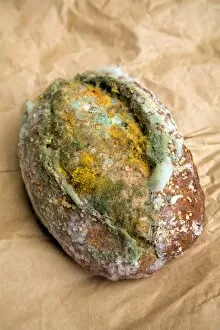Mycelium Collection
Mycelium, the intricate network of fungal threads, is a fascinating and essential component of our natural world
All Professionally Made to Order for Quick Shipping
Mycelium, the intricate network of fungal threads, is a fascinating and essential component of our natural world. From its role in forming symbiotic relationships with plant roots to its ability to decompose organic matter, mycelium plays a vital part in maintaining ecological balance. In the microscopic realm, scanning electron micrographs reveal the beauty and complexity of mycorrhiza fungus entwined within plant roots. Magnified 700 times, this image showcases the intricate connection between fungi and plants that allows for nutrient exchange and mutual support. Another captivating sight is the fungal mycelium spreading across a decaying leaf. This unidentified species demonstrates nature's recycling process as it breaks down organic material into nutrients that can be utilized by other organisms. The destructive power of certain fungi becomes evident when observing an engraving from 1853 depicting disease-ridden vines. The fragment of a woody branch attacked by these pathogens serves as a reminder of how they are wreak havoc on agricultural crops if left unchecked. However, not all encounters with it can negative. Winner of the Plants and Fungi category in the Groene Camera 2023 photo contest captures the root-like structures growing on wood in The Netherlands. This mesmerizing image highlights both their aesthetic appeal and their important role in breaking down dead wood to enrich soil fertility. Mycelium's versatility extends beyond terrestrial environments; it even thrives on unlikely substrates like mouldy lemons or viral spores depicted conceptually through captivating visuals. These images remind us that mycelium has adapted to survive under diverse conditions while performing crucial functions such as decomposition or pathogen control. One example is Stachybotrys chartarum seen under a microscope—a potent mold capable of causing health issues when present indoors—serving as a stark reminder that understanding mycelial growth patterns can help prevent potential harm to human health.

